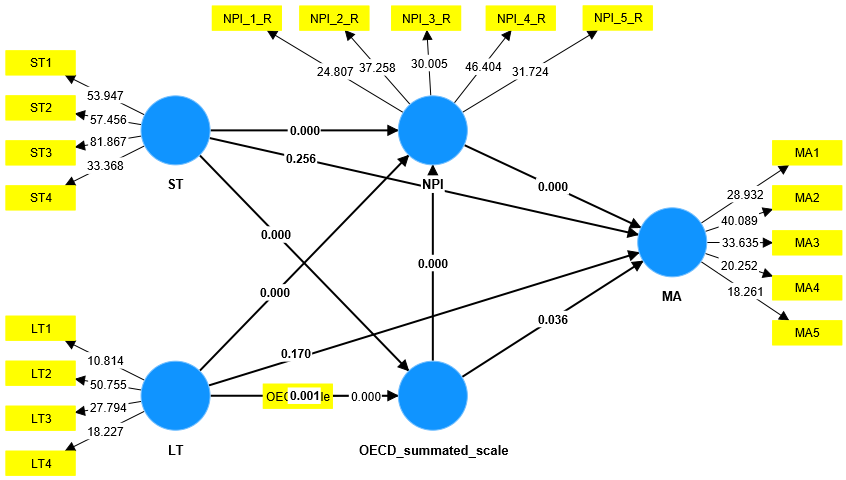How to Conduct Mediation Analysis Using SmartPLS
Smart-PLS (Halfway Slightest Squares) may be a effective instrument for conducting information examination in different areas, counting commerce, social sciences, and designing. It is especially valuable for analyzing complex models with idle factors, making it a prevalent choice for analysts curious about intercession examination.
- Intervention Investigation Utilizing Smart-PLS:
Utilizing Smart-PLS (Halfway Slightest Squares) for an mediation examination could be a profitable approach in different areas, including business, social sciences, and building. Smart-PLS could be a measurable apparatus utilized for basic condition modeling (SEM), especially reasonable for complex models with little test sizes.
- Characterize the Intercession Demonstrate:
Distinguish the factors in your show that will act as the arbiter, autonomous variable, and subordinate variable.
- Analyze the Intervention Way:
The term “intercession way” is very wide and can allude to different approaches and methodologies utilized in numerous settings, such as healthcare, instruction, social work, and more. To supply a significant examination, I’ll require more particular data around the setting or sort of intercession you’re alluding to. Smart-PLS can assess the coordinate and backhanded impacts of the free variable on the subordinate variable through the go between.
Need Help with Researchers or Data Analysts, Lets Help you with Data Analysis & Result Interpretation for your Project, Thesis or Dissertation?
We are Experts in SPSS, EVIEWS, AMOS, STATA, R, and Python

- Bootstrapping for Intercession Examination:
Utilize bootstrapping to decide the importance of the backhanded impacts. Smart-PLS gives certainty interims to evaluate the intervention impacts.
- Translation:
Translate the comes about, paying consideration to the significance of the intervention ways and their sizes.
Smart-PLS rearranges the method of conducting information investigation and intercession examination by giving a user-friendly interface and robust factual strategies. Analysts can pick up profitable bits of knowledge into their information, making it an irreplaceable apparatus within the field of quantitative investigate.
To conduct mediation analysis using SmartPLS, follow these steps:
- Open SmartPLS and create a new project.
- Import your data. You can do this by clicking on the “File” menu and then selecting “Import Data”.
- Create your model. To do this, drag and drop the variables from the “Variables” window onto the canvas. You can then connect the variables with arrows to indicate the direction of the relationships between them.

How to Conduct Mediation Analysis Using SmartPLS - Specify the mediation relationships. To do this, right-click on the arrow connecting the independent variable to the dependent variable and select “Mediation”. Then, select the mediator variable from the list of options.
- Estimate the model. To do this, click on the “Run” button in the toolbar.
- Interpret the results. The mediation results can be found in the “Results” window. Look at the t-values and p-values for the direct and indirect effects. If the t-value is significant (i.e., greater than 1.96) and the p-value is less than 0.05, then the effect is significant.


